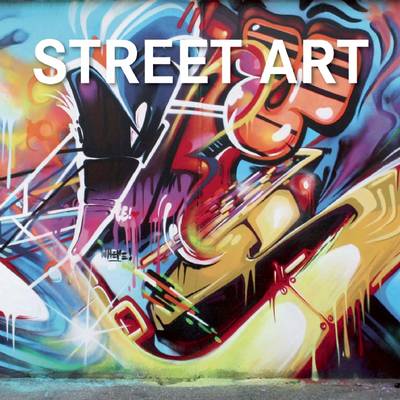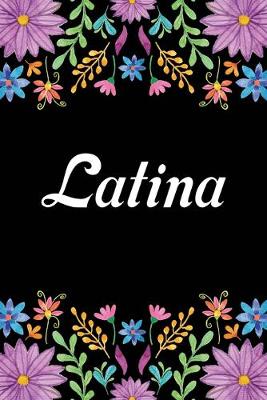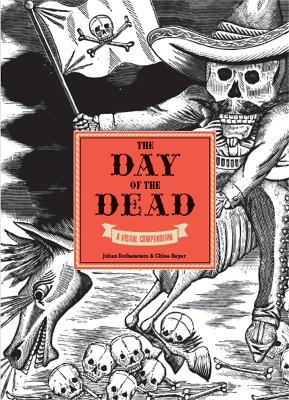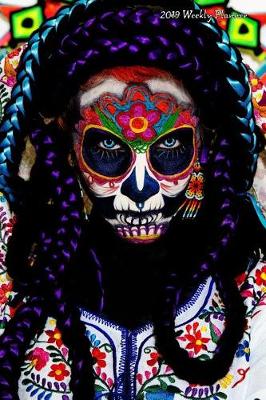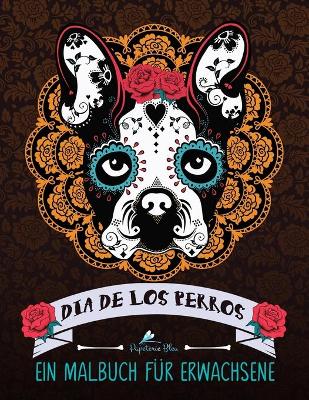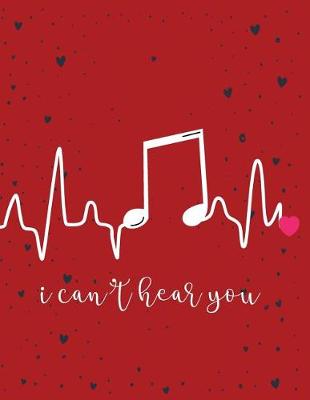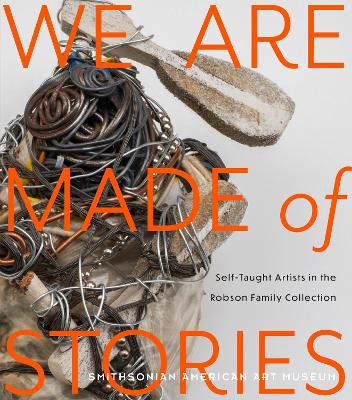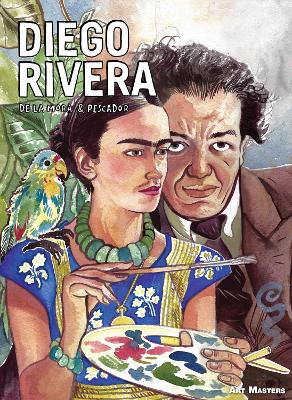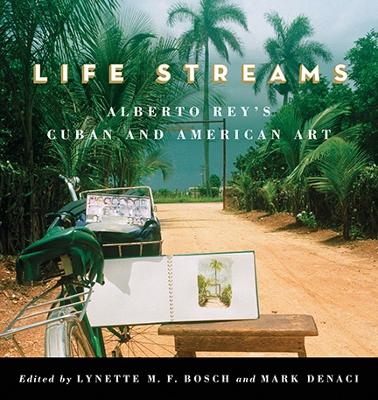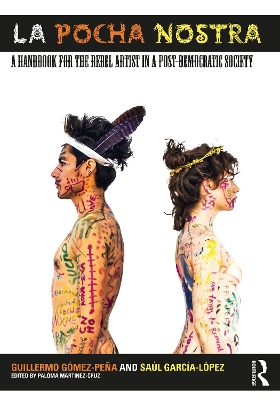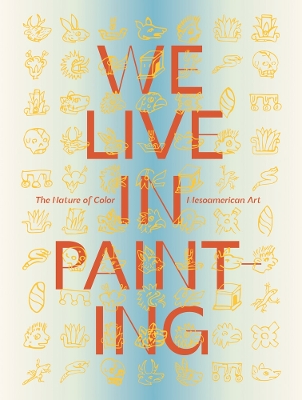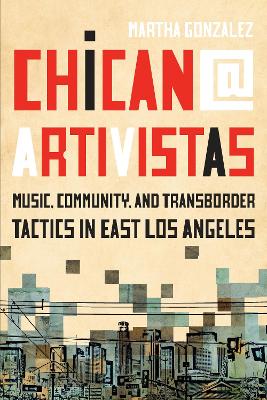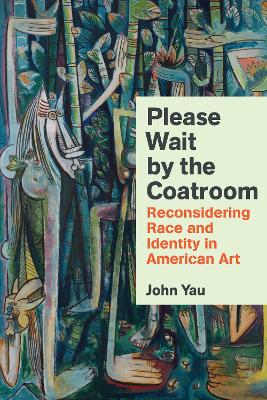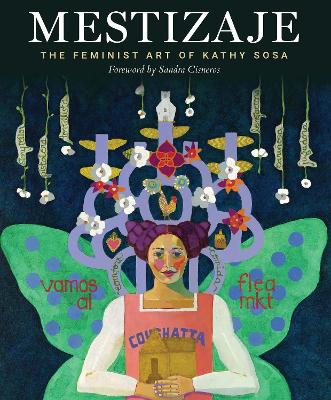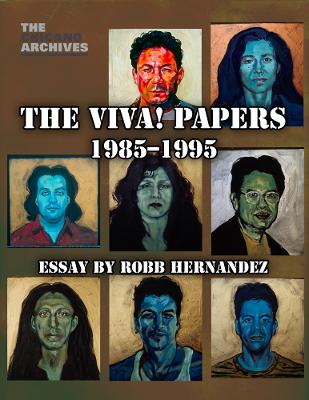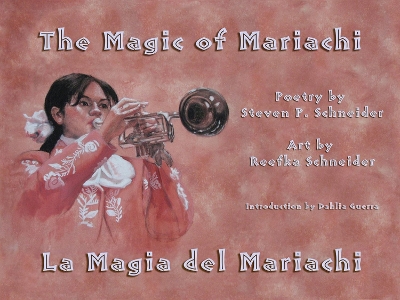The essential visual guide to the global phenomenon of graffiti and street art.
This anthology considers how the Day of the Dead has been celebrated in visual art and culture, from the traditional and iconic illustrations of Manuel Manilla and José Posada to the paper cuts of Aaron Velasco Pacheco, folk art of the Linares family and paintings of Diego Rivera and Frida Kahlo. With a foreword by the ceramic artist and curator Carlomagno Pedro Martinez, this compendium also includes poems, songs and literature celebrating the festival, as well as dedicated chapters that fo...
Borderwall as Architecture is an artistic and intellectual hand grenade of a book, and a timely re-examination of what the physical barrier that divides the United States of America from the United Mexican States is and could be. It is both a protest against the wall and a projection about its future. Through a series of propositions suggesting that the nearly seven hundred miles of wall is an opportunity for economic and social development along the border that encourages its conceptual and phy...
Dia De Los Perros (Dia de los Muertos Calaveras de Azucar) (Dia de los Muertos, #1)
by Papeterie Bleu
Contemporary Chicana & Chicano Art: Vols. I & II
by Mary Erickson, Kaytie Johnson, and Joaqumn Alvarado
Exploring three major hubs of muralist activity in California, where indigenist imagery is prevalent, Walls of Empowerment celebrates an aesthetic that seeks to firmly establish Chicana/o sociopolitical identity in U.S. territory. Providing readers with a history and genealogy of key muralists' productions, Guisela Latorre also showcases new material and original research on works and artists never before examined in print. An art form often associated with male creative endeavors, muralism in f...
Borderland Mujeres, a collaborative, bilingual conversation in poetry and art, depicts the multifaceted experiences of women living in the borderlands of deep south Texas. In this fraught political climate, much has been written about the U.S/Mexico border, but what about the people who call this place home? Three women, each with a different relationship to the borderlands offer their vision of the cultural, linguistic, and ecological landscape of a complex region that is full of both majestic...
A richly illustrated history of self-taught artists and how they changed American artArtists without formal training, who learned from family, community, and personal journeys, have long been a presence in American art. But it wasn’t until the 1980s, with the help of trailblazing advocates, that the collective force of their creative vision and bold self-definition permanently changed the mainstream art world. In We Are Made of Stories, Leslie Umberger traces the rise of self-taught artists in t...
Diego Rivera was a revolutionary painter in more ways than one. Attending art school at eleven, by his twenties he counted among the most influential figures of the Parisian art scene of the early 20th century, including Picasso, Modigliani, Braque and Gris. Rivera’s murals, both in his native Mexico and the USA, reflect the contradictory turbulence of his character and times. He met Lenin in Paris, Stalin in Moscow, and offered refuge to Trotsky during his Mexican exile. Meanwhile his work was...
Life Streams (SUNY series in Latin American and Iberian Thought and Culture)
Life Streams explores the paintings, videos, sculptures, and installations of Alberto Rey, an artist whose work addresses issues of identity, cultural diversity, environmental studies, and global sustainability. As a Cuban-born artist living in western New York State, Rey's current work emphasizes his involvement with his community and its local landscape, especially its trout streams and their surrounding environment. Through Rey's travels from his home in the upstate New York village of Fredon...
Before the days of social media and the internet, Weeds Tavern’s host and bartender Sergio Mayora attracted a loyal, diverse, and eclectic crowd to the bar with his unique and vibrant collage poster art promoting the tavern. These advertisements were singular cut-and-paste works of art. From 1988’s “Weed’s Pollution Night” to 2004’s poetry night “Making America Safe in the War Against Censorship,” many of Mayora’s posters predicted the world we are living in today. Echoing the bright colors...
La Pocha Nostra: A Handbook for the Rebel Artist in a Post-Democratic Society marks a transformation from its sister book, Exercises for Rebel Artists, into a pedagogical matrix suited for use as a performance handbook and conceptual tool for artists, activists, theorists, pedagogues, and trans-disciplinary border crossers of all stripes. Featuring a newly reworked outline of La Pocha Nostra's overall pedagogy, and how it has evolved in the time of Trump, cartel violence, and the politics of s...
In the flourishing ancient Indian communities of the American Southwest and northwest Mexico, master potters created ceramic arts that are considered among the most accomplished in the world. The symbolic imagery and distinctive local styles of the region are unmistakable - simple volumetric shapes covered with complex, interlocking geometrical designs that are sometimes combined with bold abstract animal, human and composite figures. Within this shared tradition are clearly identifiable local s...
We Live in Painting: The Nature of Color in Mesoamerican Art
by Diana Magalori Kerpel
Groundbreaking exploration of ancient techniques and cosmologies of color in Mesoamerica Ancient Mesoamerican artists held a cosmic responsibility. As they used color to adorn buildings, clay vessels, textiles, bark-paper pages, sculptures, textiles, wall murals, mosaics and other items, they quite literally made the world. The power of color emerged from the materiality of its pigments and the communities whose knowledge of the natural world imbued it with meaning. Histories of colonialism and...
As the lead singer of the Grammy Award–winning rock band Quetzal and a scholar of Chicana/o and Latina/o studies, Martha Gonzalez is uniquely positioned to articulate the ways in which creative expression can serve the dual roles of political commentary and community building. Drawing on postcolonial, Chicana, black feminist, and performance theories, Chican@ Artivistas explores the visual, musical, and performance art produced in East Los Angeles since the inception of NAFTA and the subsequent...
AMERICAN BOOK AWARD WINNERFar-ranging and thought-provoking essays on the relation of art and ethnic identity.This first collection by award-winning author John Yau, drawn from decades of work, includes essays about Black, Asian, Latinx, and Native American artists: sculptors Luis Jimenez and Ruth Asawa; "second generation Abstract Expressionists" such as the Black painter Ed Clark and the Japanese American painter Matsumi Kanemitsu; the performance artists James Luna and Patty Chang; the photog...
Derived from the words miscere and genus in Latin, mestizaje refers to a mixing of the races. In the book Mestizaje, internationally acclaimed artist Kathy Sosa presents a cross-sectional view of Mexican American culture as it is practiced in the centuries-old blended culture of the Texas-Mexico borderlands. She documents and projects the effects across generations of peoples and cultures meeting, overlapping, and organically blending into something new. The richness and beauty of mestizaje come...
Robert Hernandez traces the history and assesses the impact of VIVA! Lesbian and Gay Latino Artists, a nonprofit artists' coalition founded in 1987 in the Silverlake community of Los Angeles. Their aim was to increase the representation of lesbian Latina and gay Latino artists in the LA art scene. VIVA! sponsored exhibitions, theatrical performances, and educational outreach. It worked closely with other gay and lesbian organizations in Los Angeles, using arts-based projects to address cultural...
The Magic of Mariachi / La Magia del Mariachi is a fascinating book that combines two disciplines – art and poetry – creating a treasure of lyrical poetry and strikingly beautiful paintings of mariachi musicians. The twenty four poems, written in English and skillfully translated into Spanish, were created in response to each of the twenty-four works of art in the book. The poems are placed side by side with the paintings and drawings of contemporary mariachi musicians. The artwork in the book i...
